When it comes to building a powerful chest, two popular exercises dominate the conversation: dumbbell flys and machine flys, often performed on a pec deck or chest fly machine. Both movements target the pectoral muscles through a wide range of motion, but each has its unique benefits and considerations.
In this article, we’ll compare dumbbell fly vs machine fly to help you determine which is best for your goals.
What Is a Dumbbell Fly?
A dumbbell fly is a free-weight isolation exercise that targets the chest. Performed on a flat or incline bench, it involves holding a dumbbell in each hand and extending your arms outward in a wide arc, then bringing them back together at chest level.
Benefits of Dumbbell Flys:
-
Stabilizer Activation: Because you’re balancing two separate weights, dumbbell flys engage stabilizing muscles, especially in the shoulders and core.
-
Range of Motion: The open movement allows for a deep stretch at the bottom of each rep, enhancing muscle engagement.
-
Versatility: Can be done on flat, incline, or decline benches to hit the chest from various angles.
What Is a Machine Fly (Pec Deck)?
The machine fly, often called a pec deck, uses a fixed path and padded arms or handles to guide your motion. You sit upright and bring your arms together in front of your chest, focusing on the contraction of the pecs.
Benefits of Machine Flys:
-
Ease of Use: Ideal for beginners, the chest fly machine requires less coordination and reduces the risk of improper form.
-
Muscle Isolation: Because the path is fixed, you can focus entirely on squeezing the pecs without worrying about balance.
-
Progressive Overload: Easier to track and increase weight safely, making it a good choice for hypertrophy.
Dumbbell Fly vs Pec Deck: Key Differences
Here’s how the two exercises compare head-to-head:
| Feature | Dumbbell Fly | Machine Fly (Pec Deck) |
|---|---|---|
| Stability Required | High – engages stabilizers | Low – guided motion |
| Risk of Injury | Higher, especially at heavy weights | Lower, safer for joints |
| Range of Motion | Greater ROM, deeper stretch | Slightly restricted by machine design |
| Muscle Isolation | Good, but shared with stabilizers | Excellent isolation of the pecs |
| Beginner Friendly | Moderate – requires learning curve | Very beginner-friendly |
When comparing chest fly machine vs dumbbell, the key trade-off is freedom of movement vs safety and control.
Which One Should You Choose?
Choosing between dumbbell fly vs pec deck depends on your fitness level and goals:
-
If you’re new to lifting or rehabbing an injury, the machine fly (pec deck) is a safer, more controlled choice.
-
If you want to build stabilizer strength and get a deep chest stretch, dumbbell flys provide unmatched freedom.
-
For muscle-building programs, alternating between both can provide balanced development and avoid plateaus.
Final Thoughts
There’s no clear winner in the pec deck vs dumbbell fly debate—it all comes down to your training experience and objectives. For the best results, consider incorporating both into your chest workouts. Use machine flys for isolation and safety, and dumbbell flys for freedom, stretch, and stabilizer engagement.
By understanding the strengths of each, you can optimize your chest day and build a more complete, powerful physique.




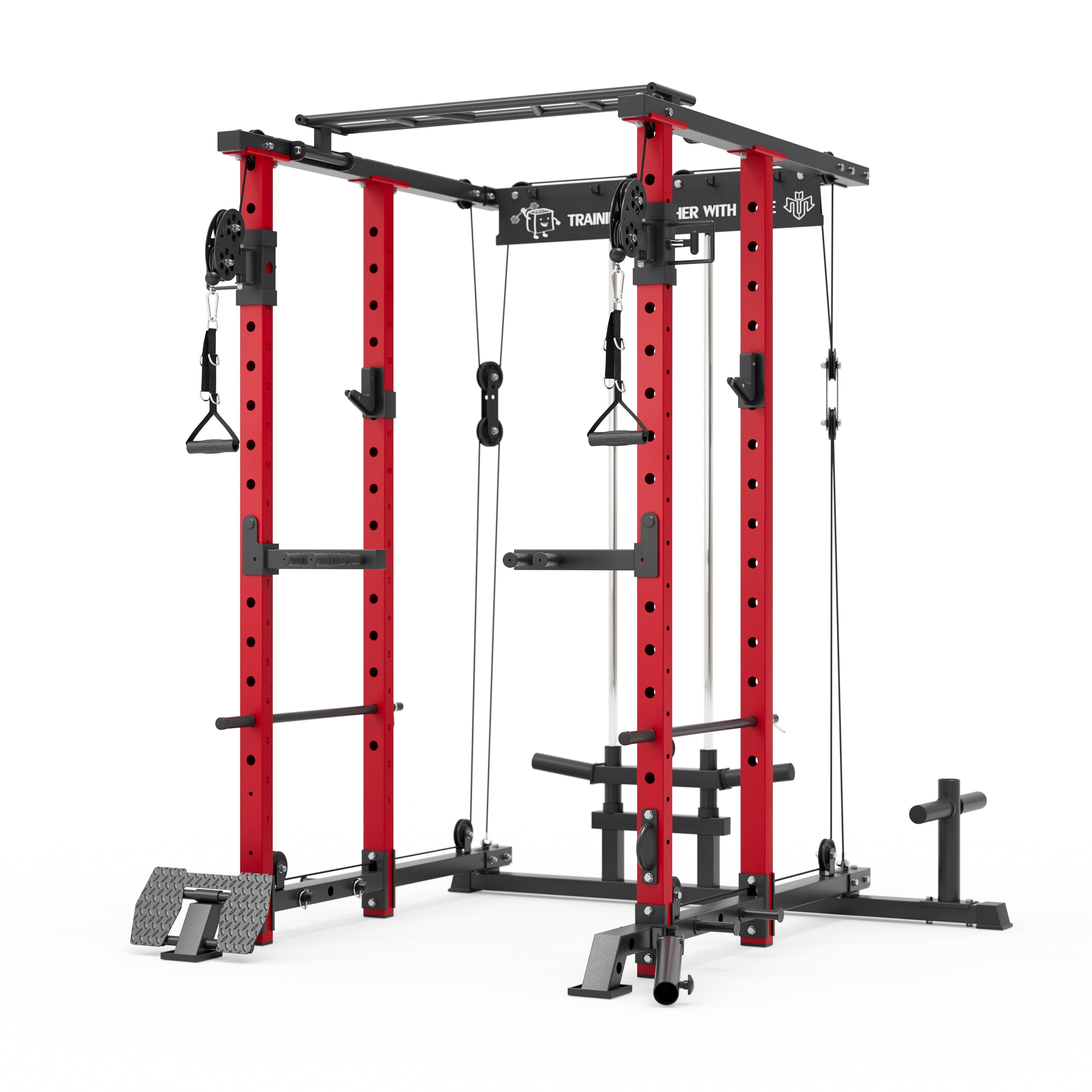
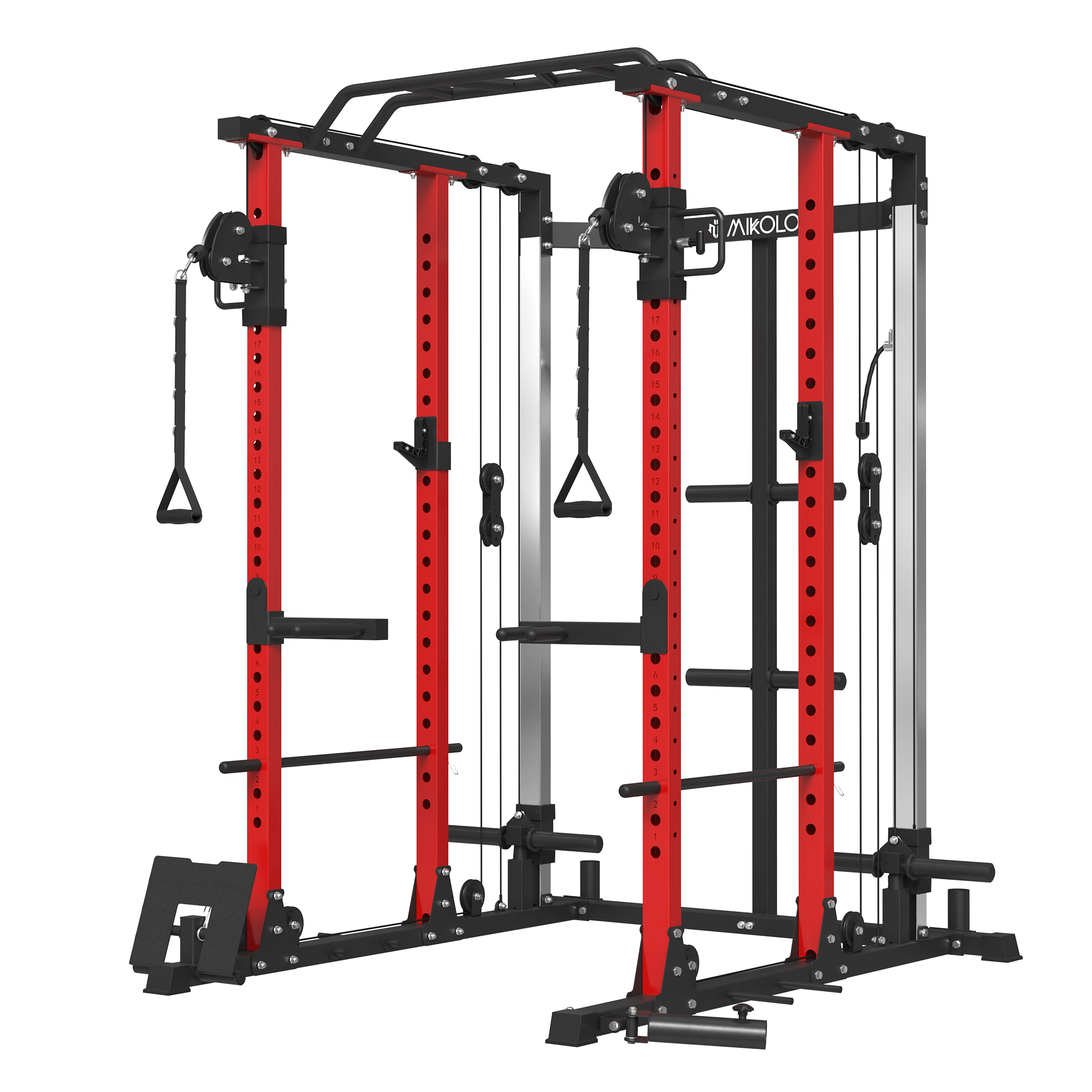

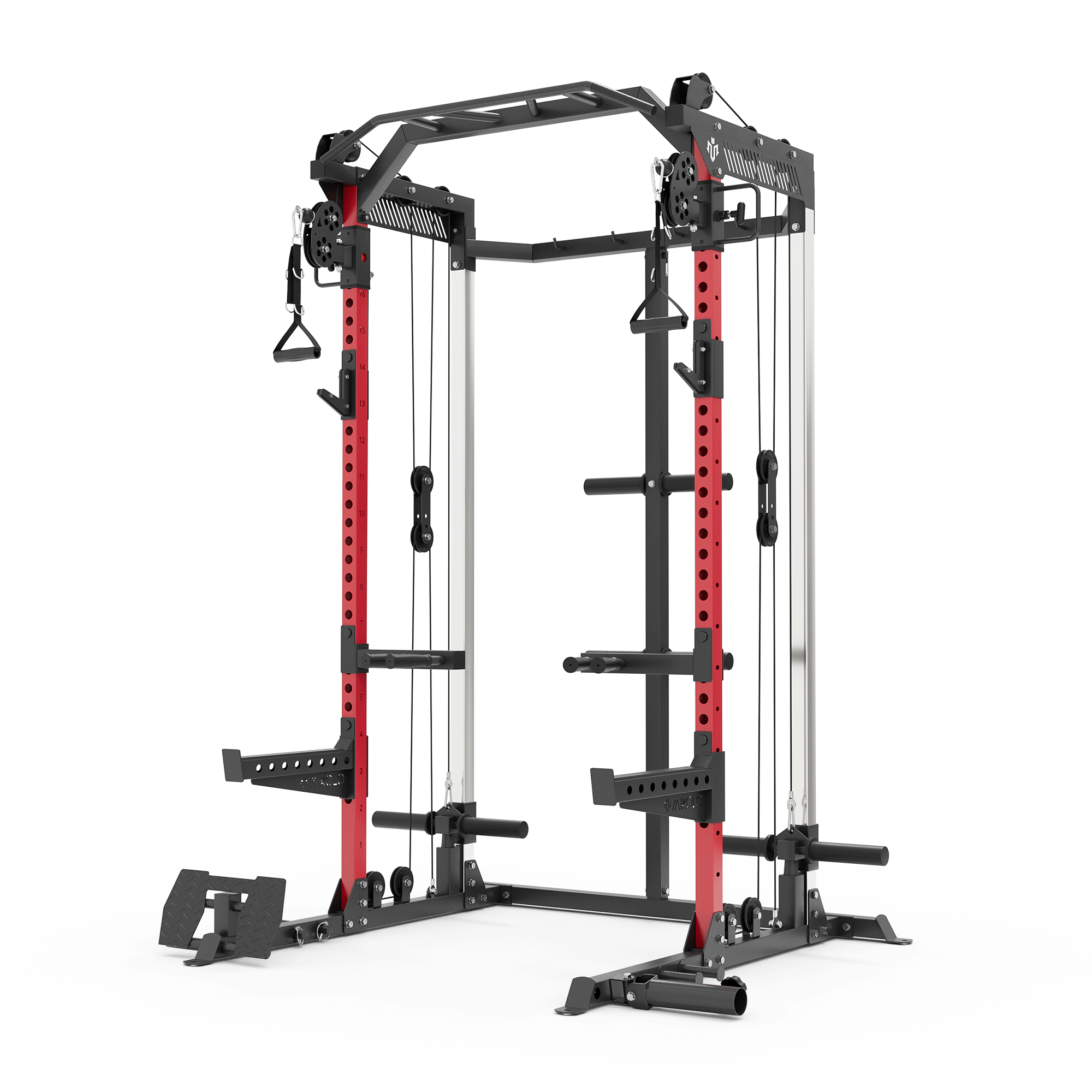
















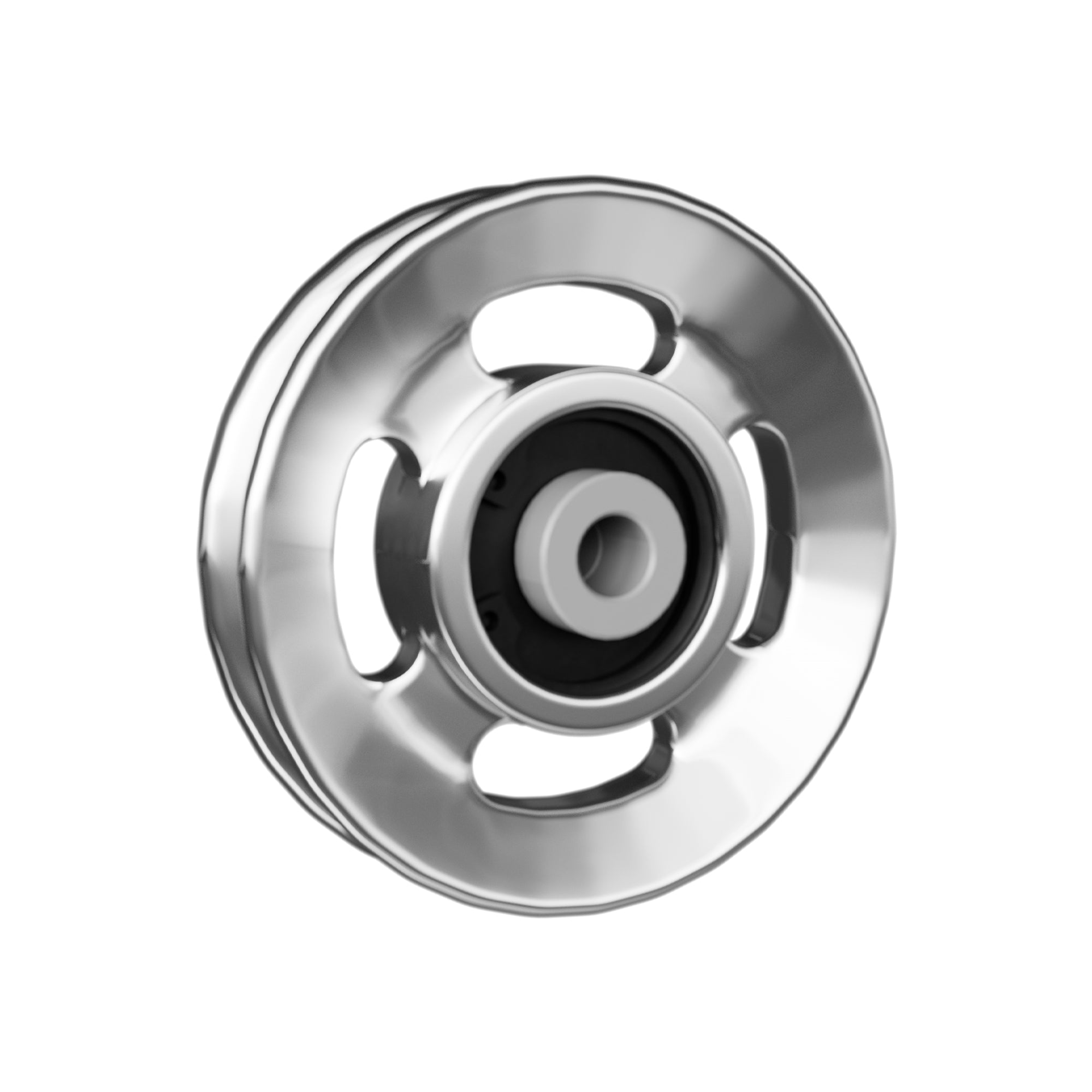
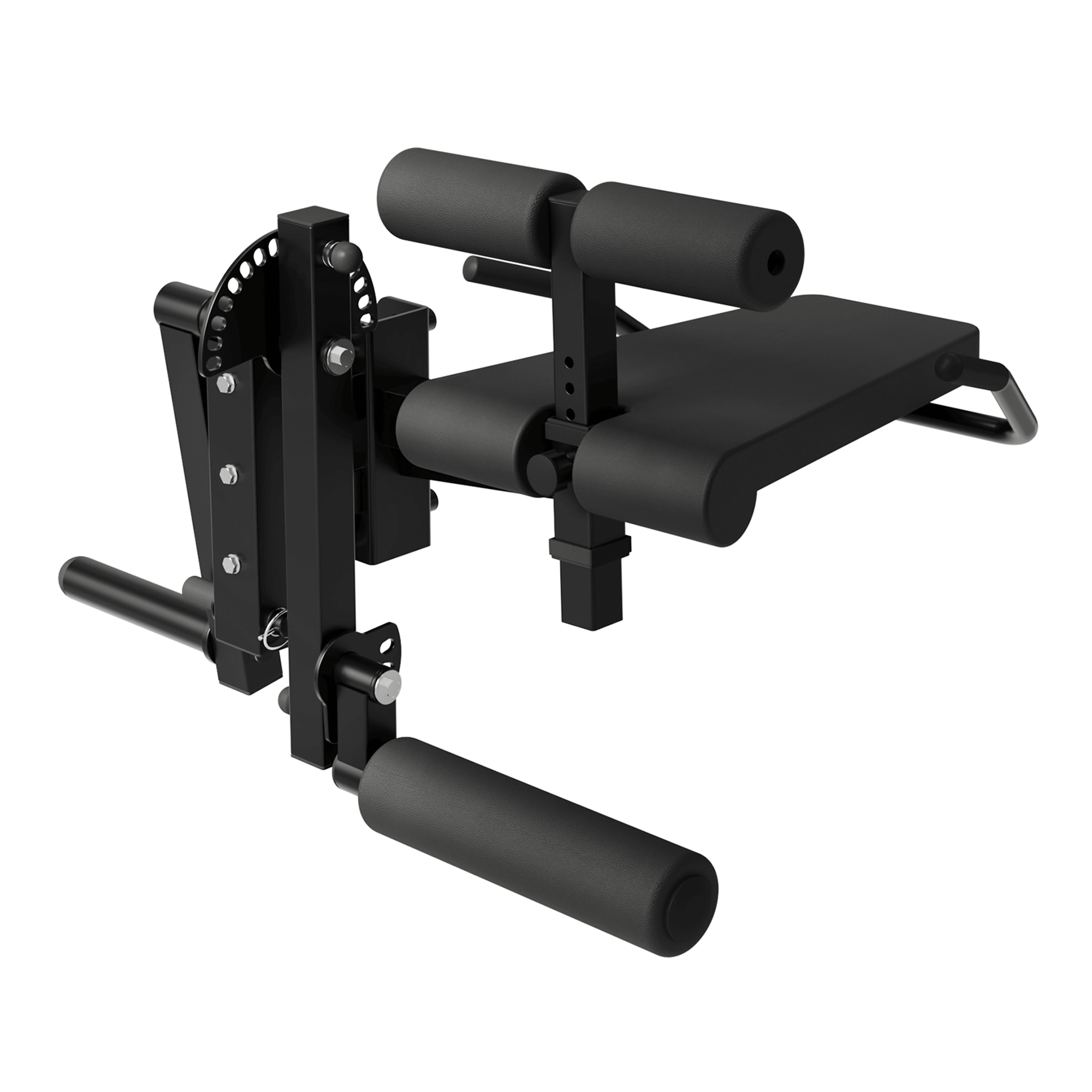



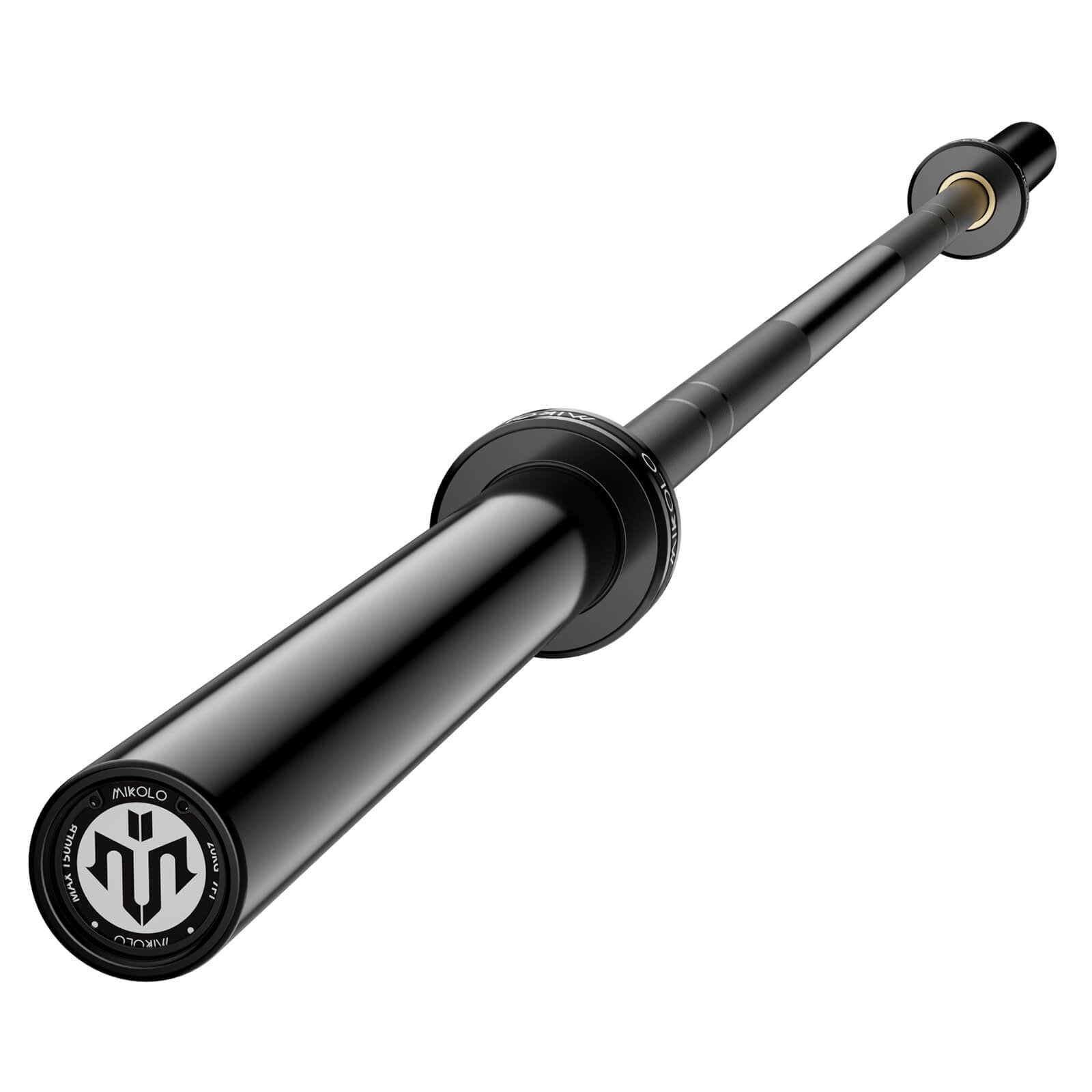



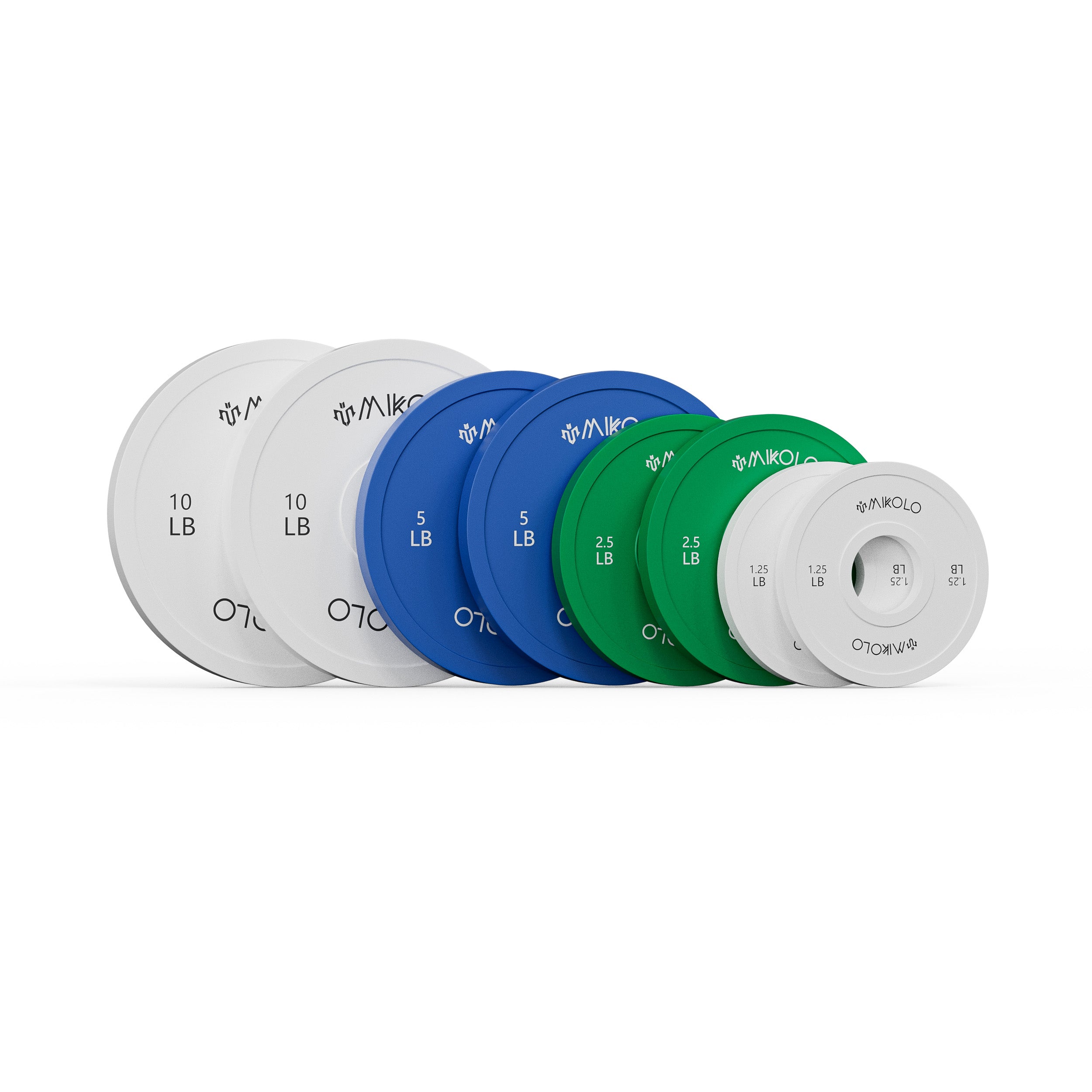




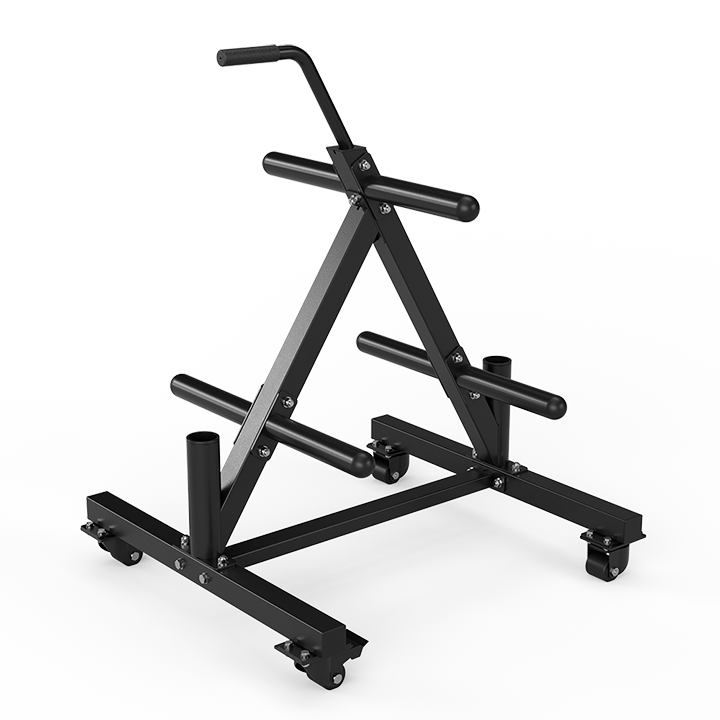




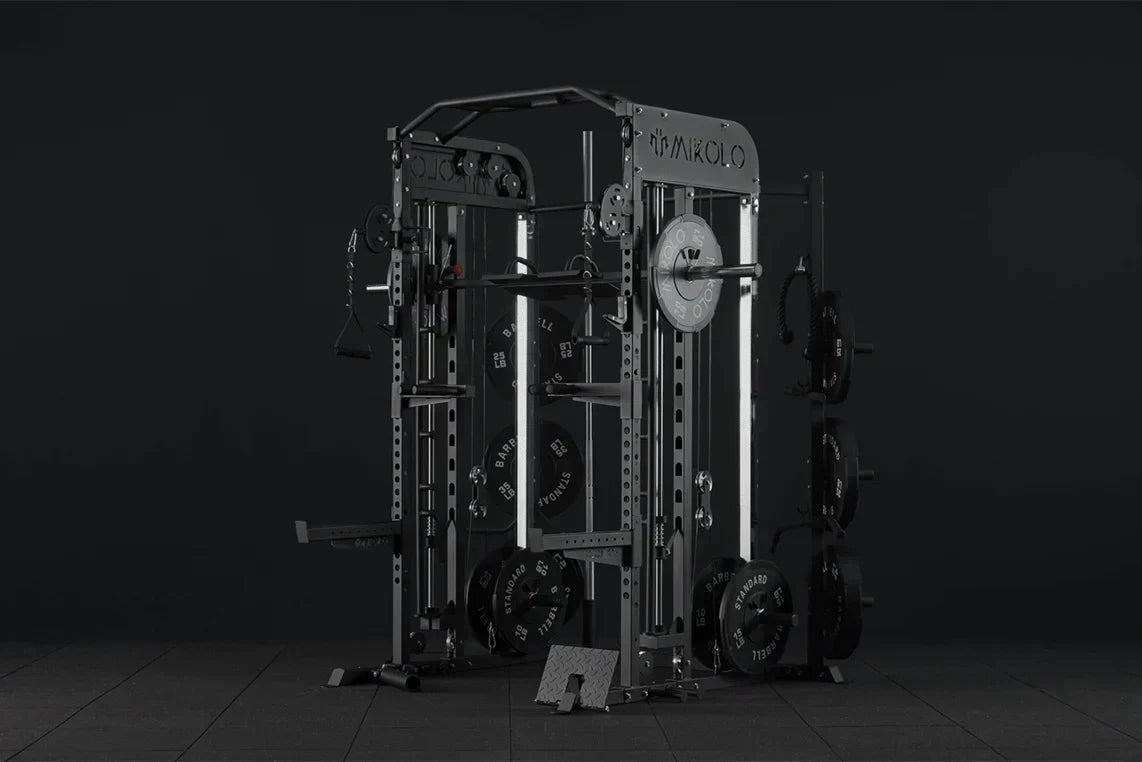

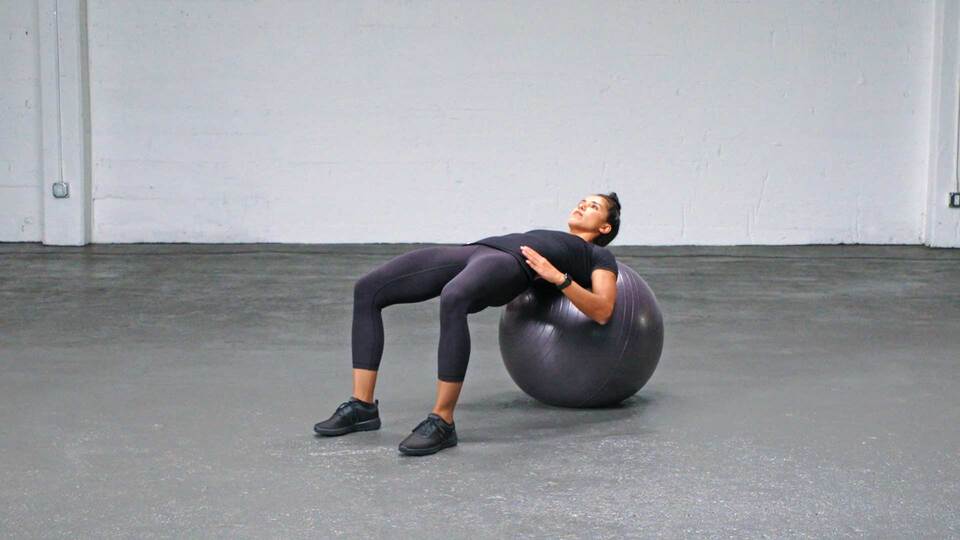
Leave a comment
This site is protected by hCaptcha and the hCaptcha Privacy Policy and Terms of Service apply.